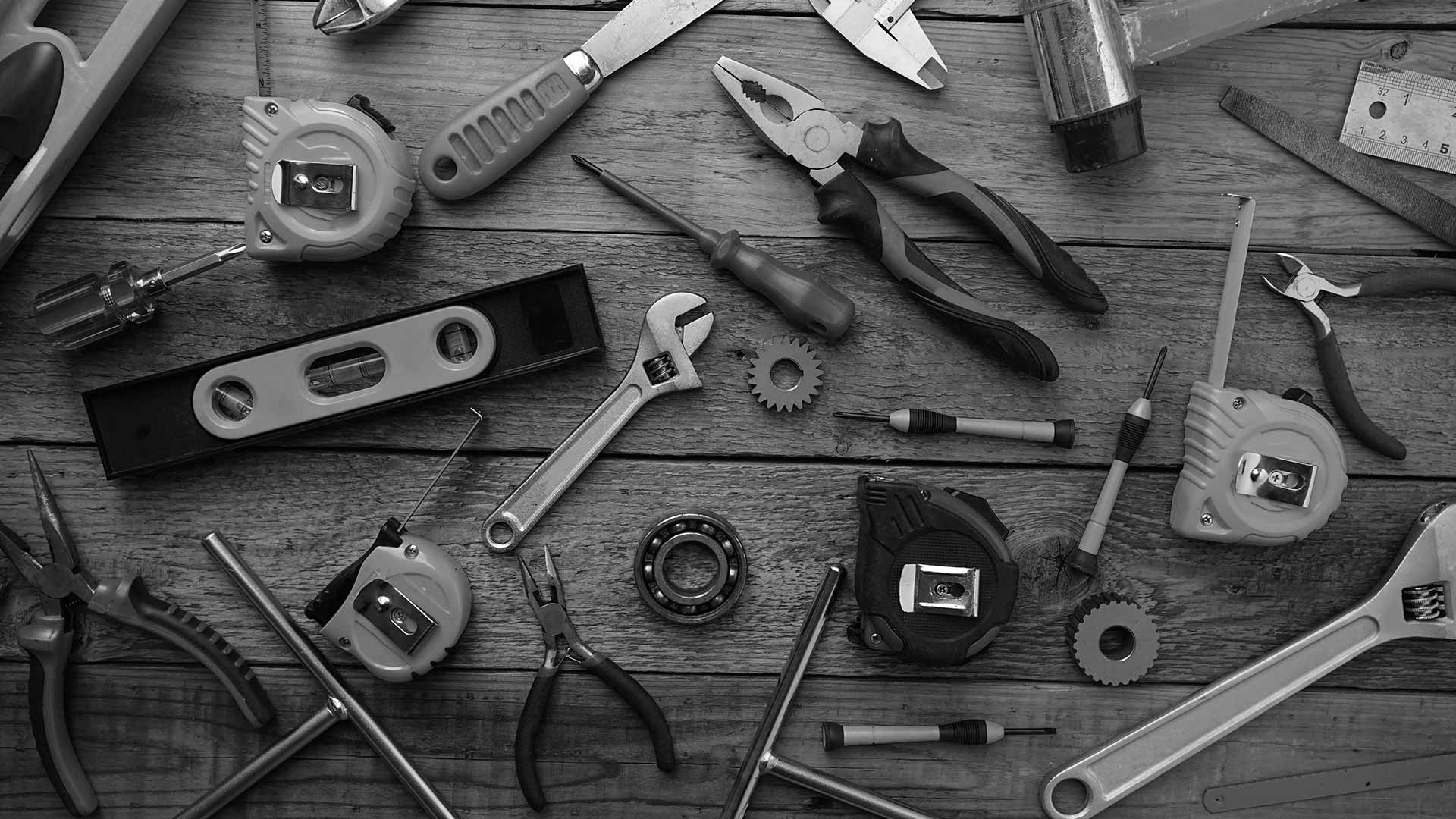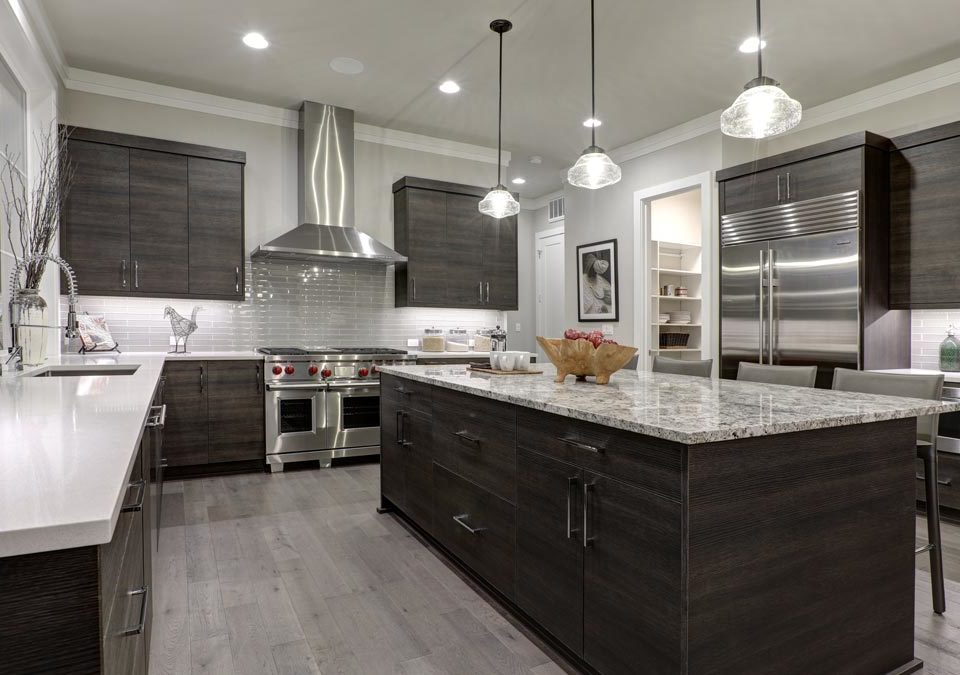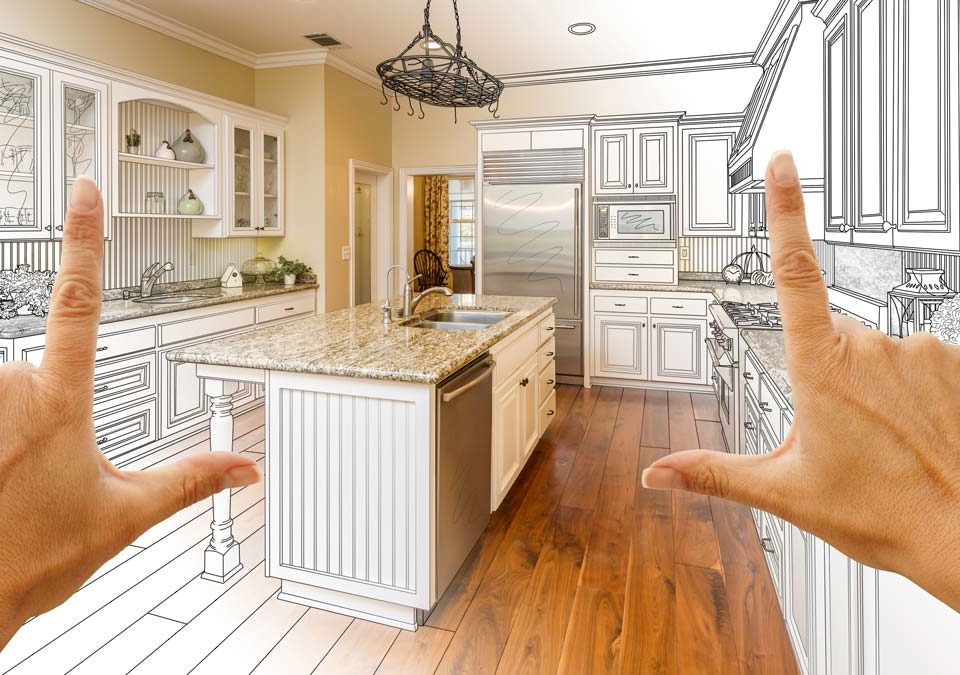
Questions For Your Contractor-To-Be
May 15, 2015
5 Renos That Adds Value To Your Home
July 18, 2015Have you ever wondered how long it takes to completely remodel a kitchen? If you’re in the market for a new kitchen or think you’ll be in the market for one in the next few years, it’s a good idea to review the process of how a kitchen project unfolds so you can be better prepared for the big event. Here is a breakdown of roughly how long a kitchen project could take, and what factors can affect the length of time needed to complete the project.
Stage 1: Planning
Planning your kitchen project often takes more time than one would think, simply due to the sheer number of decisions that need to be made about your kitchen. If the layout of your kitchen is remaining the same, then the only time needed for planning depends on how quickly you choose the products going into the kitchen (cabinets, flooring, back splash tile, etc) and how quickly the contractor can put some numbers together. Usually, if there are no hiccups, this can be done in a couple of weeks. However, getting to a showroom or supplier to choose a set of taps or a counter top may require a bit of time depending on your schedule, and, if the contractor doesn’t have the necessary information about your product selection, more time to estimate is often required.
If you are looking at changing the layout of your kitchen, more extensive planning is required. Layout plans need to be developed and sometimes structural requirements need to be reviewed. Removing a wall between your dining room and kitchen to create an open concept might be as simple as knocking out the wall, or it might require an engineered beam to support the roof load. On average, planning these kitchens can take three to six weeks. However, we’ve seen the stars align and have had a kitchen planned out in just over a week. We’ve also been on projects that spend a lot longer on the planning phase. A lot of the planning time line is up to you, the homeowner.
Just remember that planning phase is not just about choosing what you want in your kitchen. It’s also the time when you should start thinking about how you are going to prepare meals while your kitchen is being built. Some people choose to set up a temporary kitchen in another location in the house while others plan to eat with the in-laws for a period of time. We’ve even had one family use the kitchen in their holiday trailer to prepare all of their meals, a great idea for a renovation in warmer months.
Stage 2: Demolition
Once the details are hammered out (bad pun, I know), demolition is then scheduled based on the expected delivery date of the cabinets. The new cabinets are the main element of a kitchen and all of the other work is scheduled around it. Usually, with semi custom cabinets, delivery takes place around four to six weeks after the cabinets are ordered. Depending on the scope of the layout changes, demolition can be scheduled 2-4 weeks before delivery.
The demolition itself doesn’t actually take a lot of time. If cabinets are simply being removed and replaced, demolition can often take place in less than a day for a small or average sized kitchen. If there is any structural work, the time needed to tear apart a kitchen can increase significantly. For example, removing a wall and replacing it with a beam might require building temporary shoring for the roof load, removing the wall coverings and framing, re-framing to support the beam, installing the beam and then removing the shoring. This also doesn’t take into account dry-walling, taping, and sanding.
Stage 3: Preparation for cabinets
This stage is usually noted as having a flurry of activity. Any electrical or plumbing upgrades are done at this point, as well as framing for any layout changes. Often, holes in the plaster or drywall will appear as the plumbers and electrician feed cable or pipes to accommodate the new kitchen. The floor is also prepped for the new flooring material. Once this done, the drywall patching takes place followed by taping and sanding. If timed right, the painter will have enough time to patch and paint the ceiling as well as put the first coat of paint on the walls before the cabinets are delivered. Although this a lot of this work can get done quickly, taping usually takes a bit of time because the taping cement needs to dry between coats.
Stage 4: Cabinet Installation
For what seems to be the biggest part of the project, cabinet installation usually doesn’t take a lot of time. One day is spent getting the cabinets into the house and the next couple of days are spent installing them. Sometimes, if there is any intricate trim on the cabinets, it may take a little extra time to put the finishing touches on them.
Stage 5: Counter Top Installation
Depending on your choice of materials for a counter top, this stage of the renovation can be quick or take seemingly forever. A laminate counter top can pretty much be installed shortly after the cabinets go in, but a solid surface counter top, such as quartz or granite, needs more time. Solid surface counter tops are site measured and templated after the cabinets go in and usually take 3 to 4 weeks to manufacture. Some contractors will proceed to have other elements such as the flooring installed, but, in my opinion, it’s better to wait on these things. It would be a shame if that heavy piece of quartz counter top was dropped on your brand new kitchen floor.
Stage 6: Back Splash, Painting, Plumbing, Electrical, and Flooring
Once that counter top goes in, it once again feels like a whirlwind of activity. Painters put on the final coats of paint, plumbers come in to hook up your taps and dishwasher, electricians install those fancy new lights in the kitchen, and the tilers put in a back splash over the counter top. Other items such as range hoods or microwave ovens are installed, usually before the flooring goes in. Once things are in place, the flooring gets put in and your kitchen is nearly complete. This part of the process usually takes a week to two weeks.
Stage 7: Details, Details, Details
In the final home stretch of your kitchen remodel, baseboard is put on, paint touch ups are applied where needed and all of the nitpicky things are taken care of, such as vent covers, sealants where needed, and appliance moving. Congratulations, you’re done. Now you can enjoy your new kitchen.
Conclusion:
So, by examining the stages carefully, it appears that you’re looking at a minimum of around 3 months to renovate a kitchen, if we include the time spent planning. Can the process be shorter? In some circumstances, yes. The process can also take longer due to unforeseen circumstances. These timelines are only meant as guidelines, and to offer you a perspective on how a kitchen renovation might unfold. With a little foreknowledge, you can anticipate and be better prepared for your kitchen renovation.




